

Did you know that the most expensive watches sold in the USA & Canada can outshine even luxury cars in value? These glittering timepieces are more than just status symbols; they're investments with unpredictable returns.
In today's volatile market, understanding the value trajectory of luxury watches is crucial. As the wealthy elite's must-have item, their worth can dramatically fluctuate over time, making this a topic of paramount importance.
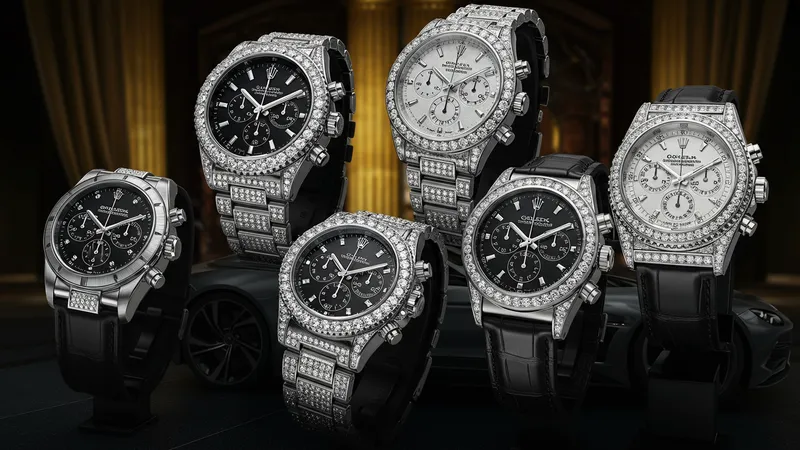
It’s shocking to consider that some wristwatches have sold for tens of millions at auctions, outpacing the growth rates of other traditional investments like real estate and stocks. The secret? Rarity, legacy, and a pinch of hype can send the prices soaring. But that’s not even the wildest part…
While many watches rise in value, some lose half their worth as trends fade and market fads shift. Knowing the factors that make one watch a prized asset over another could mean the difference in thousands, if not millions, of dollars for collectors. But what happens next shocked even the experts…
It’s no surprise that certain watches capture the eyes of collectors globally, but what truly sets these apart is a mix of historical significance, craftsmanship, and brand reputation. Take the Paul Newman Daytona for instance—a watch initially sold for just a few hundred dollars but later auctioned for over $17 million. The appeal lies not simply in its brand, but in the story behind it; the legendary actor reputedly wore it during significant moments of his career. The allure is the same for collectors, who value the romanticism of owning a piece of time with history embedded within its gears.
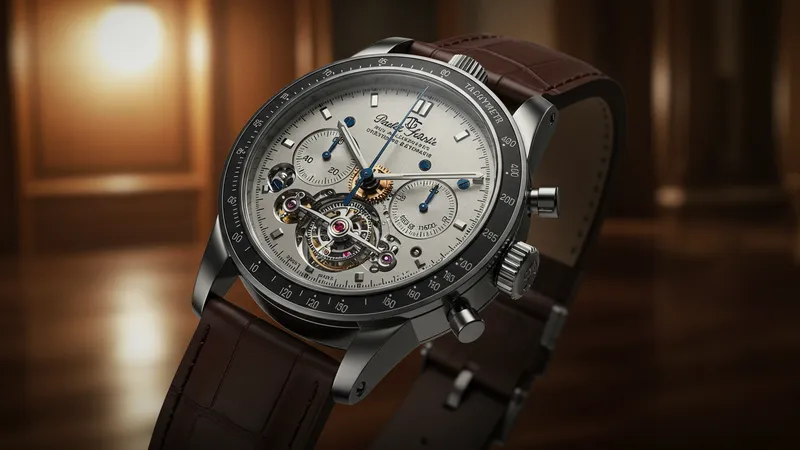
For watch enthusiasts, the story is just the beginning. Another factor that elevates a timepiece is the complexity of its movement. Watches with intricate mechanisms, such as tourbillons or perpetual calendars, require masterful artistry and several months, if not years, to produce. Such timepieces are often heralded as masterpieces, elevating their status, and by extension, their price. These watches are hand-crafted and limited in production, providing exclusivity that no mass-produced item could match. But there's yet another surprising twist when it comes to what collectors value next…
What drives the price of one watch through the roof while another languishes at retail? Aside from the inherent craftsmanship, scarcity plays a pivotal role. Limited edition releases or models that have been discontinued can see their values skyrocket due to supply and demand dynamics in the collecting sphere. Take, for instance, a limited run of Patek Philippe or Audemars Piguet watches. With the backing of substantial brand prestige, these timepieces can appreciate dramatically in value from their initial retail price. But there’s more to the story than just limited availability…
The brand itself often carries weight almost equivalent to the value of the watch. Rolex, Patek Philippe, and Omega are among a handful of brands with a long history of excellence that assures the buyer of quality. These brands have become synonymous with luxury, each carrying a legacy of precision engineering and design innovation, factors that consistently affirm their timelessness. Yet, what you read next might change how you see this forever.
It's a curiosity that during economic downturns, the prices of luxury watches can sometimes rise. When traditional markets falter, tangible assets like watches often represent a haven for investors seeking stability amidst volatility. Consider the financial crisis of 2008: there was a noticeable uptick in the auction prices of vintage and rare watches as collectors sought safer investment vehicles outside of destabilized stocks and bonds. This peculiar behavior underscores the multifaceted nature of luxury investments where scarcity meets sentimentality. But how does the state of the economy play into the long term value of these watches?

The luxury watch market isn't immune to the whims of global trade and currency fluctuations. In times of economic prosperity, disposable income rises, and so does the demand for status symbols like high-end watches. This surge in demand often drives up prices, as more individuals seek to acquire what was once reserved for only the most affluent. However, this very demand can inflate prices artificially, leading to potential market corrections when the economic pendulum swings the other way. Yet, another aspect of value retention lies beyond mere economic timing…
What most people don’t realize is that geopolitical stability also plays a crucial role in dictating watch prices. During times of political uncertainty or turbulence, investors may hesitate to put money into countries where their assets can become liabilities at the stroke of a governmental pen. Secure and stable political environments foster an environment where collectors feel more at ease to invest in luxury goods, knowing their investments are protected under consistent legal and financial systems. But even then, there's something more affecting these timeless investments…
Despite such challenges, certain watches have defied economic norms, continually appreciating in value through decades of economic shifts. This persistent appreciation can often be attributed to speculative collectors betting on not just the aesthetic appeal, but the symbol of success that these watches represent. By hanging on to such valuables, they aim to realize gains during more stable periods—yet another twist in the intricate world of watch collecting that reveals the multifarious elements influencing market perception.
It's fascinating to see how fashion and cultural trends leave a significant imprint on watch valuation. As styles ebb and flow, the designs of wristwatches can fall in or out of favor just as swiftly. The resurgence of 1970s style, for instance, brought back attention to vintage models like the Audemars Piguet Royal Oak, whose unconventional case and chunky bracelet exemplified the era’s distinct aesthetics. The surge in popularity was reflected in increased auction prices and a mounting demand in the pre-owned market, challenging the norm that only newness adds value.
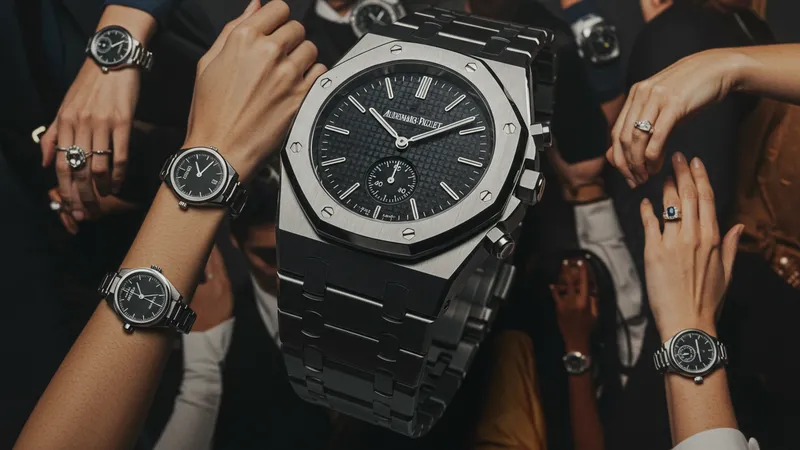
Social media platforms and celebrity endorsements also hold substantial sway over what’s considered desirable. When influencers and celebrities are seen wearing particular models, demand can skyrocket overnight. A single Instagram post or paparazzi photo can catalyze an entire trend, leading enthusiasts worldwide to hunt down similar timepieces. Their influence is swift but not always long-lasting, introducing a volatility where fortunes can be made or missed by the astute collector. Yet, beneath these surface-level trends lies another layer of interest in what defines true value.
Further impacting watch value is the rise of customization and personalization trends in today’s consumer culture. Modern buyers enjoy leaving their stamp on possessions, making unique modifications to their watches, whether through distinct detailing or specialized components. While some argue this personalization diminishes the purist value, others see it as adding a unique, personal tale to the watch’s history, which can in turn drive up its desirability in niche circles. But perhaps the most surprising factor affecting watch values is one that’s neither about trends nor brand…
Amidst the cultural impact, regional differences in buyer preferences also affect valuation. Certain cultures prioritize brand and heritage, while others focus on innovation and cutting-edge design. For instance, where North American consumers may seek understated elegance, Asian markets might lean towards intricacy and brand prestige. This cultural differentiation in taste keeps the global market dynamic and unpredictable, often driving values in ways that defy traditional market expectations. What emerges next shines a spotlight on a secret ingredient in valuation often overlooked.
In the world of luxury watches, the emotional connection between the timepiece and the owner can significantly influence its perceived value. A watch handed down through generations carries a narrative that transcends monetary worth. Those who inherit luxury watches often tie them to family legacy, inferring to them sentimental value beyond their material one. This emotional facet explains why some would prefer to keep such watches in their family, regardless of their market price. But what about those watches that manage to embody both sentimentality and monetary value?
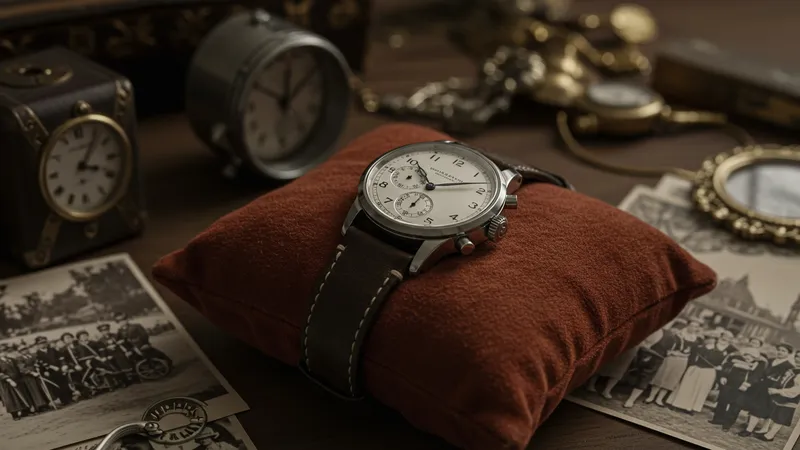
Collectors often pay a premium for watches with documented provenance and historical significance. A family story that accompanies a watch, particularly if it links to public figures or important events, can increase desirability amongst collectors. These stories can transform an ordinary timepiece into an extraordinary artifact of cultural history. The narrative adds depth and context to the watch, forging an emotional connection with prospective buyers. But how do potential buyers verify this intangible value element?
Authentication agencies play an essential role in fortifying the legacy value of watches. They trace histories, verify original ownership, and confirm the timeline of repairs and resales. As demand for these intricate documentations grows, so does the value attached to this service. These chronicles often make or break a buy, as they either validate the watch's claim to fame or reveal discrepancies that could dramatically impact prices. Yet there’s a hidden facet to authentication that could surprise enthusiasts.
Despite its intangible nature, sentimentality surprisingly affects market value sentiment in tangible ways. Even when economic cycles fluctuate, watches linked to significant personal memories tend to withstand market volatility, preserving both emotional and financial value. The secret lies in prioritizing these stories alongside authenticity, merging the past with present value. As we venture further, there's even more about these timepieces that hits closer to home than one might imagine.
To truly appreciate the value of high-priced watches, one must understand the complex mechanics behind them. Mechanics that are often invisible to the untrained eye are the very essence that transforms a watch into a collector’s dream. The meticulous craftsmanship involved in the assembly of each component can be painstaking—requiring months or even years to perfect. The process is akin to art, with each micro-mechanical detail enhancing value, yet remaining hidden beneath the watch face.
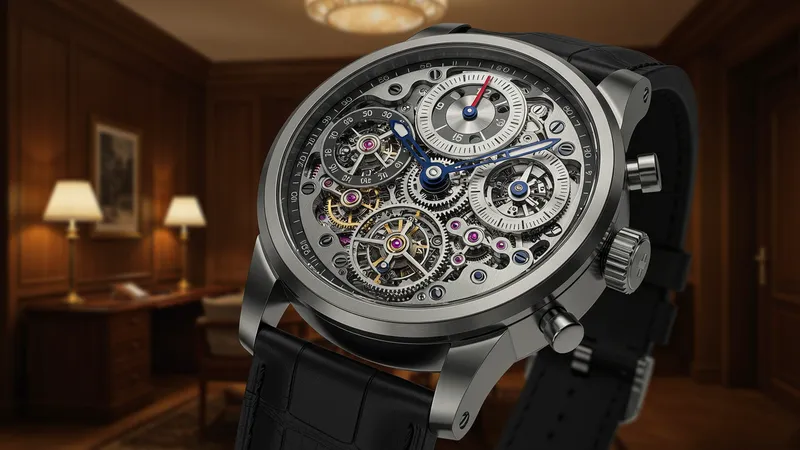
Collectors are keenly aware that these intricate movements are pivotal to a watch’s worth. The Swiss watch industry, renowned for its exemplary standard in mechanical precision, sets the benchmark. Watches housing these complex movements, like the intricately designed perpetual calendar movements or tourbillons designed to counteract gravitational power, command a premium due to their unmatched technical engineering. But is the machinery alone enough to warrant such monumental value?
Delicately balancing form and function, watchmakers employ advanced metallurgy and state-of-the-art techniques to realize their masterpieces. The materials used are often unique alloys designed to improve durability while still retaining visual splendour. Consider cermet, an innovative blend used in watchmaking to enable a striking appearance coupled with resilience. But even with jeweled movements running flawlessly, there's a hidden factor that collectors often overlook.
Ironically, simplicity can be just as rewarding as complexity in certain circles. There’s a growing niche of collectors who seek out watches that adopt minimalistic designs, eschewing unnecessary complications for purity in form. These watches quietly assert their value not through obvious mechanical prowess but through an uninterrupted elegance that refuses to fade. As this evolution in taste continues, there's a subtle revelation that could redefine what makes a watch truly desirable.
Investing in luxury watches isn’t just for the passionate collector—it's also an art form that requires strategic finesse. Market timing, an eye for detail, and the ability to anticipate future trends play pivotal roles in selecting the right pieces to buy. Unlike photographs or stamps, watches engage multiple senses, offering tangible satisfaction in their use and aural pleasure in their ticking. This sensory engagement alone can spark curiosity in investment value. But what sets apart those who profit from watches and those who merely indulge in them?
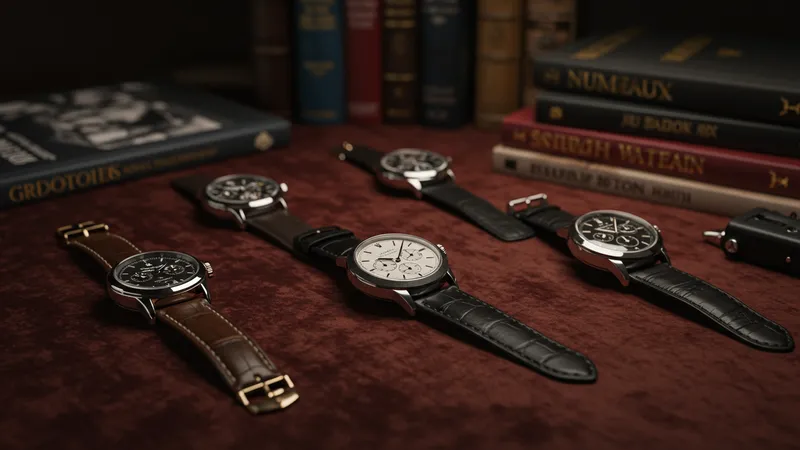
The first step for any savvy investor is education. Understanding the history of the brand, appreciating the intricacies of different modelos, and familiarizing oneself with the market value and trends beyond the watch's immediate appeal are the cornerstones of successful investing. Equipped with this knowledge, investors can better predict which timepieces are at risk of becoming obsolete and which are likely to gain in demand over time. But strategic guidance alone isn't always the route to success.
An investor with true foresight invests based on patterns of brand stability, historical appreciation rates, and only occasionally on trends. Long-standing models with consistent value growth provide a more stable option than flashy newcomers whose value can inflate or plummet unpredictably. Seasoned investors learn to tune out market noise, focusing instead on the underlying factors that ensure long-term appreciation. There lies a well-kept secret investment technique that often goes unnoticed.
It is crucial to remember that liquidation is just as important in investment strategy. Savvy collectors have an exit plan, knowing when to hold, when to buy more, and importantly, when to sell. Ensuring that watch acquisition aligns with a broader financial strategy allows for maximized returns and a satisfying windfall from wristwatch investments. This ability to balance passion with prudence reveals insights about the collector's journey that might just capture your curiosity next.
The advent of online platforms has revolutionized the luxury watch marketplace, broadening a collector’s access to rare finds around the globe. Previously, acquiring rare watches was limited to physical auctions, private sales, or exclusive boutiques. Today, websites and platforms like WatchBox or Chrono24 open an array of possibilities, catalyzing trade and easing the buyer-seller confluence. But with these conveniences come challenges in authenticity that eager collectors must confront.

For those who can’t attend exclusive, high-stakes auction houses like Sotheby’s or Christie’s, online watch auctions present valuable opportunities to snag rare timepieces. These platforms offer advanced filtering options, market analytics, and competitive prices. However, navigating these waters demands due diligence and access to verified sellers. The question remains, how does one ensure the legitimacy of these virtual market spaces amid a complex web of trade?
Ensuring authentic transactions hinges on reputable platforms, trusted agents, and stringent verification processes. Many platforms now offer in-house experts who verify each piece before it reaches potential buyers, safeguarding against counterfeits. This level of security goes a long way in encouraging collectors to engage in the digital space. Nevertheless, the importance of understanding the nuances of digital engagement cannot be overstated.
The role of professional appraisers and tangible watch shows never loses relevance, with collectors still valuing face-to-face interactions where they can see and feel an item before committing to a purchase. Despite the digital clamor, these physical touchpoints provide unmatched assurance. As technology continues its march forward, the blend of virtual and physical market strategies crafts an intriguing twist on where the next chapter of luxury watch trading heads.
Aside from financial gain or craftsmanship, the ownership of high-end watches scratches a psychological itch that transcends the veneer of luxury. The Inherent human desire for exclusivity drives much of the watch market's appeal. Wearing a rare or intricate timepodium confers a sense of importance, often fulfilling a deeper need for social status or personal achievement. But is it just about social proof or something deeper?
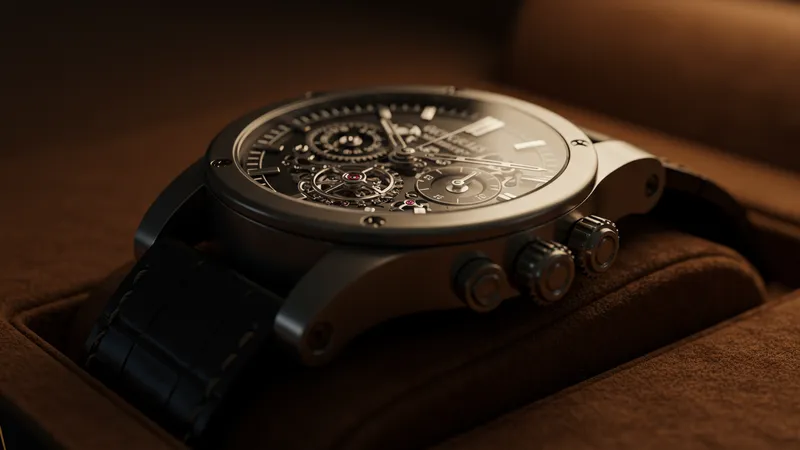
At the core of this allure is the symbolism behind timepieces—representing not just time but a personal narrative, a reward, or a reminder of one's journey. This attachment fosters a loyalty to particular models or brands that transcend mere utility. Prestige isn’t defined solely by the watch’s value but by the owner’s personal connection to it. But can this emotional fulfillment create a discernible impact on market value?
In some cases, personal attachment can unintentionally lead to false market perceptions. Owners might endow their watches with unique aspects of their journey, believing they possess attributes that demand a premium. Conversely, this personal lens can make the market undervalue certain pieces based on subjective enjoyment rather than objective metrics. A closer inspection unveils a more pragmatic way collectors delineate between emotional allure and market realities.
Smart collectors manage to balance sentiment and pragmatism, recognizing when one's emotional connection hinders or enhances the value. Their strategy, to rationally weigh emotional attachment alongside investment benefit, often dictates parting with certain pieces at opportune moments. This delicate balance highlights a cardinal aspect of collecting that remains just out of sight yet drives the deeper motivations behind watch investments.
Oft-overlooked, the legal landscape and market regulations surrounding luxury watch ownership and trading are essential in maintaining market integrity. Various jurisdictions impose different import/export taxes, authenticity certifications, and ownership laws which can greatly affect a watch's cost and value. Understanding the interplay between these factors is integral for anyone navigating the high-stakes world of luxury watches. But what are the unseen legal intricacies that can impact value?
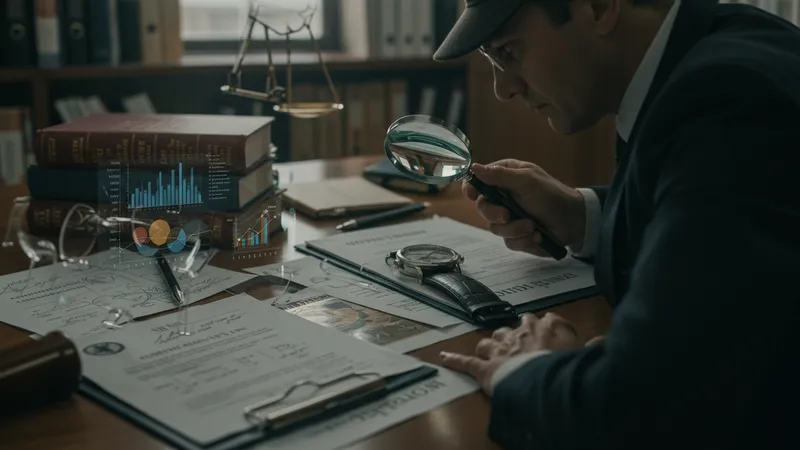
Counterfeiting is a significant issue in the watch market, prompting the importance of authenticity and legal verification processes. Stringent measures and partnerships between brands and regulatory bodies attempt to stem the tide of imitations. Yet, the challenge lies in balancing market openness with protective measures—a task that requires global cooperation and adherence to complex legal frameworks. Ensuring robust measures entails more than just stopping fakes.
Another legal concern is the resale and warranty landscape, where the ease of selling watches cross-country is affected by varying consumer protection laws. These laws dictate warranty terms, fair trade practices, and disputes over authenticity. Collectors and investors must navigate these waters carefully, understanding their rights and responsibilities in different territories. How do collectors manage their investments in this tangled legal terrain?
Professional legal advice becomes indispensable as the watch market expands. Accessing legal teams familiar with cross-border sales, international trade laws, and brand-specific protections can safeguard investment and ownership. By embracing rather than avoiding these legal considerations, collectors can confidently navigate potential pitfalls and maximize the longevity and value of their unique timepieces. Who knew such a solitary item as a wristwatch could occupy so many legalities?
In the ever-evolving landscape of luxury watch design, constant innovation serves as a primary driver for consumer interest and value appreciation. With brands relentlessly pushing the boundaries of material technology, watchmaking progresses beyond a mere engineering feat into groundbreaking territories of artistic expression. Superlight materials, innovative composites, and novel mechanisms redefine the watches, but has this innovation impacted consumer preference drastically?
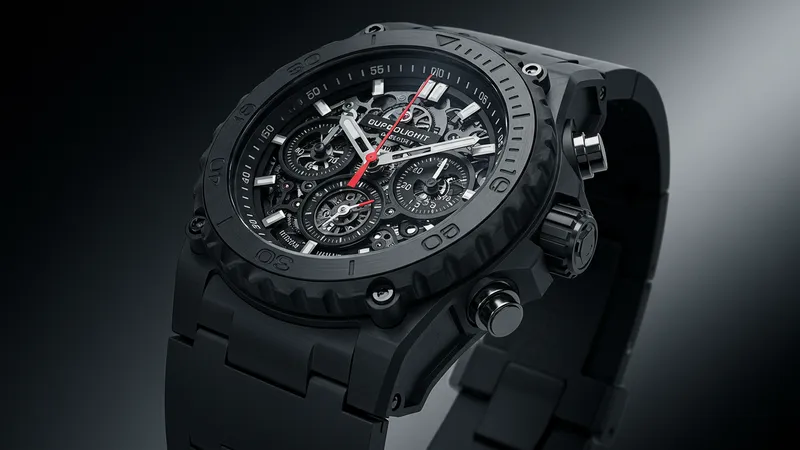
For industry insiders, embracing advancements like ceramic bezels, carbon fiber cases, and silicon components culminates in watches that promise superior performance while retaining elegance. Technological innovations allow watches to meet new consumer demands for durability and longevity. These advancements cement the brand's reputation for cutting-edge design, invariably boosting their market value. Yet, where do aesthetic evolutions fit within this technological ascent?
On a parallel track, minimalist designs embracing clean lines and functional dials gain traction among purists, echoing back to vintage styles but with modern sensibilities. These minimalist approaches, rather than sacrificing complexity, refocus on the craftsmanship involved without unnecessary embellishments. It’s an industry revolution not driven purely by tech but also by an artist’s eye—simultaneously nostalgic and forward-thinking. So, how do these design evolutions reshape consumer perceptions of value?
The marketplace responds to these shifts in innovation by diversifying offerings, catering to both tech enthusiasts and those favoring aesthetic purity. Contemporary buyers are well-informed, celebrating the ability to choose based on personal preference rather than following monolithic trends. This democratization of style through innovation presents an enticing opportunity to learn from choice dynamics shaping future consumer behavior.
To truly delve into the realm of collecting, it's essential to understand the psyche that drives individuals to pursue these timepieces with such fervor. At first glance, it might seem that the thrill of the hunt or the promise of potential profit alone fuels collectors, but often, it is something much more profound. The intrinsic motivation drives passion alongside discernment in acquisition, marking an emotional journey as varied as the watches themselves. But what deeper motivations stir at the heart of a collector?
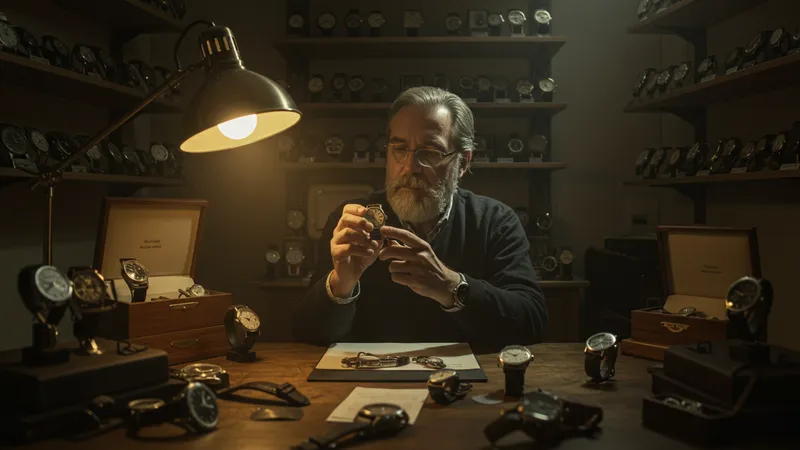
Enthusiasts often regard each watch as a repository of memories and experiences—chronicles not of mere time, but of individual milestones, relationships, and passions. Collectors cherish the notion that these watches accompany them throughout life’s significant moments, serving as an alluring tapestry of narrative rather than mere possessions. Such sentimental embeddings forge bonds that outweigh economic considerations for some. But can this emotional depth overshadow rationale?
While sentiment is a powerful motivator, collectors weigh individual desire against broader market trends, striving for pieces that resonate personally yet align with potential financial growth. This intricate balance is more art than science, requiring instinctual judgment supplemented by informed strategy. Successful collectors are perpetual learners, seeking wisdom from historical precedents while remaining adaptable to evolving tastes. But how do they thrive in such a diverse landscape of options?
Networking within communities of fellow collectors proves instrumental, offering insights, shared experiences, and advice that cannot be gleaned from solitary ventures. These networks foster collaboration, ensuring diverse perspectives influence individual choices. As collectors shape and are shaped by these ecosystems, they contribute to a deeper understanding of how personal ambition blends with market forces. Their insights then permeate through to broader industry trends, revealing much about the timeless allure of watch collecting.
The world of luxury watches is shrouded in myths and misconceptions, many of which can influence buyer decisions and perceptions of value. A common myth surrounds the idea that any high-end watch will guarantee an appreciable return on investment. However, the diverse landscape of horology demands a discerning eye to identify the few models that appreciate significantly in value, separating fact from fallacy empowers collectors to make informed decisions. But what about those myths that even seasoned enthusiasts sometimes ignore?
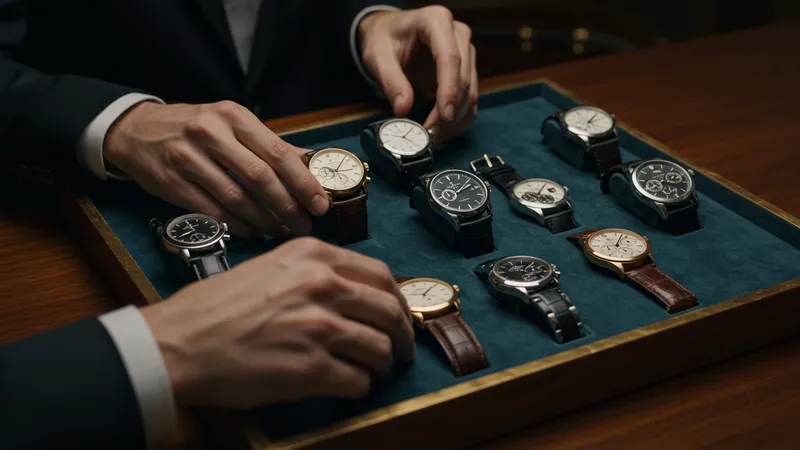
Another pervasive belief is that vintage watches inherently hold more value than contemporary pieces. While often true, this isn’t universally applicable. Some modern timepieces represent such groundbreaking innovation that their value surpasses that of older counterparts. Brands that excel in modern engineering capture collectibles appeal historically reserved for vintage models. Understanding this can unleash novel investment opportunities against convention.
There’s also the myth about watch warranties being uniformly applicable. In reality, warranties can vary greatly, with numerous conditions and regional restrictions impacting applicability, especially in second-hand acquisitions. Collectors must navigate these intricacies to ensure their investment remains secure, emphasizing the critical importance of thorough verification prior to purchase. Market savvy yields unexpected insights beyond surface-level brand appeal.
Lastly, a watch’s popularity doesn’t always equate to value retention. Admittedly, some models experience a boom spurred by cultural phenomena or media representation, only to taper off as trends shift. Collectors who understand how popularity impacts intrinsic value can sidestep temporary allure in favor of timeless acquisitions. As myths get debunked, the clarity yet to come may prove advantageous to budding and experienced collectors aiming for enduring success.
The influx of smartwatches has redefined the landscape of wristwear, providing a stark contrast to the traditional luxury mechanical watches revered for their craftsmanship. These two types of timepieces serve vastly different purposes, yet coexist in an increasingly hybrid market where technology challenges tradition. But as tech advances, what role does it play in the enduring quest for timeless elegance?
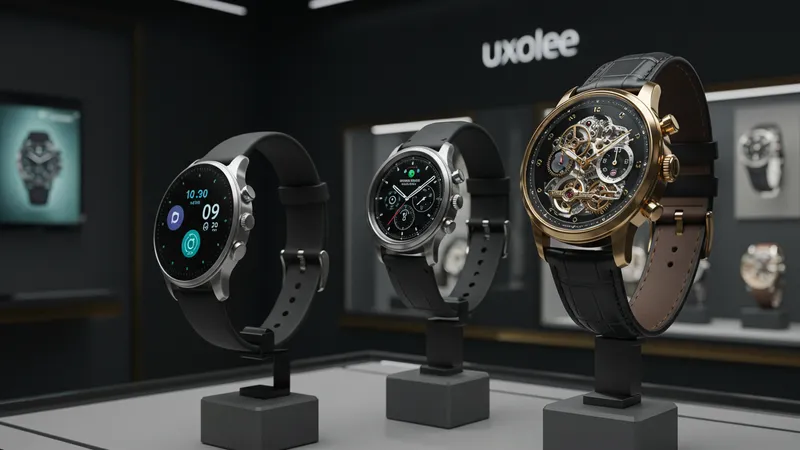
Smartwatches offer unparalleled connectivity and convenience, appealing to modern consumers by integrating daily life with digital interactivity. These gadgets track fitness, support communication, and monitor health, packaged within a simple wristband. The meteoric rise of smartwatch sales reveals a shift towards functionality over sentimentality for certain consumers. Does this functionality discount the allure of well-crafted elegance in traditional watches?
In contrast, the quintessential luxury watch embodies artistry, continuity, and prestige without the encumbrance of digital interaction. Mechanical timepieces present an allure that tells time differently, offering a connection to the past through master craftsmanship. They strike a chord with those valuing tradition over utility. The intersection of these opposing worlds raises fascinating questions about the future of timepiece design and appreciation.
However, contemporary horologists see an opportunity in the convergence of these realms, proposing exquisite hybrids that marry technological prowess with heritage aesthetics. This fusion introduces dynamic wearables that offer more than just timekeeping, melding practicality with opulence. The blurring of boundaries reflects a growing market niche where innovation isn’t merely technological, but a resolute reimagining of luxury itself.
The journey through the luxurious realm of high-end watch collecting reveals a tapestry woven from threads of history, innovation, monetary value, and personal sentiment. Each timepiece is a singular snapshot, representing broader trends, technological advancements, and timeless designs. They are not merely instruments measuring time; they track the pulse of culture, economy, and personal legacy simultaneously.
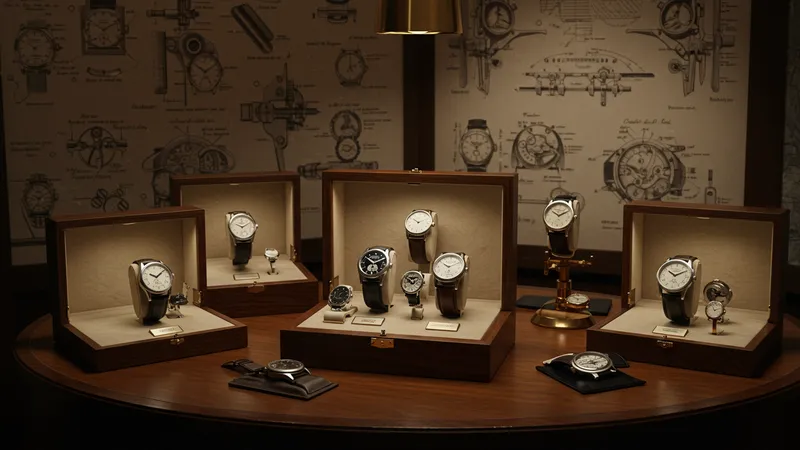
The watch market remains ever-evolving, with collectors at the heart of this dynamic movement. From dissecting the role of cultural shifts, legal intricacies, to the juxtaposition of smart technology, the multifaceted allure of watches remains unabated. Knowledge and passion drive these engrossing narratives, ensuring that the allure of collecting remains a pursuit filled with discovery and appreciation.
Now, as watch enthusiasts chart the future, one thing is clear: these intricate mechanisms embody narratives beyond their physical components. Just as important as securing exquisite timepieces is sharing and connecting through their stories. So, whether you’re a seasoned collector or a curious novice, embrace the timeless quest and share it—because what happens next in the world of watches might just astound even the most astute connoisseur.